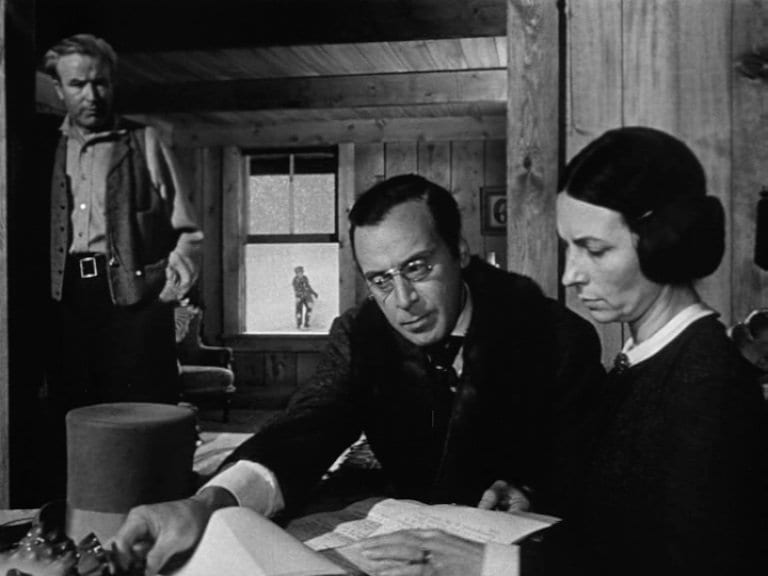IN-Depth blog Post 3
Since my less fruitful, second blog post a while back, I have been surprisingly productive with my journey studying filmmaking, and I have a lot I am excited to show in this blog.
A few weeks ago, I started working on a horror/crime short film around my house that is nearing completion. I used my camera gear, natural lighting, and some tricks to create nighttime lighting during the filming process. Overall, I am pretty happy with how the short film is going, but I definitely have more to do before completion.
Here is my incomplete short film so far: https://youtu.be/8anYxPZ2bkM
The main subject of my meeting with my mentor today was the short film I had created. I shot a couple more scenes for it (not included on the link above yet), and we worked together to edit the new shots into a final video. He also gave me advice on my short film, and how to improve and change it. While this advice was very specific for my short, the main takeaways were:
–Try to get more establishing shots of the villain (not seen yet on the link attached), and outside of the house.
-Shoot more coverage to have more shots to edit, backups.
-Have the subject start out of the frame for movement (applies to raw, unedited footage to make editing easier).
-Rest shots can be used after shots with camera movement to create fewer jarring cuts.
For now, we have decided that I should shoot, and reshoot some parts of the short film, and edit them together for a more final draft that I will show to him at our next meeting. I will also start working on some other video projects with an emphasis on other aspects of filmmaking during this time as well.
Otherwise, my mentor and I spoke about watching film and TV as a learning tool. He recommended removing myself from the story when watching tv and movies, and really focusing on how they edit it, the shots they use, and more. While I have been watching tv and movies, this advice really resonated with me. This is because I sometimes get carried into the magic of the story (which should be the goal of a film), and I really don’t focus on how it was made (which is useful in terms of learning).
In my last blog post and above, I mentioned that I had been watching film to continue learning in my project. This continued throughout the period since that post. Recently, I watched the 1941 film noir, Citizen Kane, which turned out to be a great learning opportunity, and an even better glimpse into the evolution of filmmaking. The film depicts the life of powerful newspaper tycoon Charles Foster Kane (based on William Hearst) through the lens of a journalist trying to decipher Kane’s final words. Citizen Kane’s innovative cinematography and ground-breaking narrative style provided great insight into the history and advancement of filmmaking. It was an all-around great movie to watch.
The innovative deep focus from Citizen Kane
Additionally, I watched Once Upon a Time in the West, Sergio Leone’s 1968 Epic Spaghetti Western a couple of days ago. Once Upon a Time in the West was an entertaining, and well-produced movie, which exceeded with its interesting (but slower-paced) storyline, great cinematography, and masterful score. While watching the movie, I tried to break down different shots and scenes to get a better insight into how everything was done. My biggest takeaway from the movie was noticing how the composition and the blocking (placement) of characters were used in certain situations.
Example of Powerful Composition in Once Upon a Time in the West
How to Have a Beautiful Mind
How to be Interesting: Being interesting is a big part of this In-Depth project. This is because being interesting provides interesting conversation, that allows for better conversation, and an opportunity to learn. One of my biggest takeaways from this meeting (removing myself from the story to focus on editing of a show or movie) came from #6 finding and making connections. This was when my mentor paralleled a TV show he had finished watching with the tension I was trying to create in my short film, as the conversation then led to us talking about films we had seen, and how we can get more out of them.
How to Respond: The ability to respond is another important part of this project. As De Bono states, “The overall objective of any conversation might be to agree, disagree, to agree on difference, and to have an enjoyable or interesting discussion” (64). Being able to respond allows this. #7 going further when agreeing played a bit role in my meeting with my mentor. One example of this was when he stated that a camera movement we were adding to the short film might work better diagonal, rather than horizontal, as I agreed but stated it was hard to do so with limited equipment. He agreed, and it allowed us to come to the conclusion that a still frame was best for the scenario. If I had not gone further when agreeing, we would not have gotten as much out of that conversation.
To conclude, I am very happy with my progress so far in this project. I am also very excited for the future of my filmmaking journey.



0 comments on “Filmmaking: In-Depth #3” Add yours →